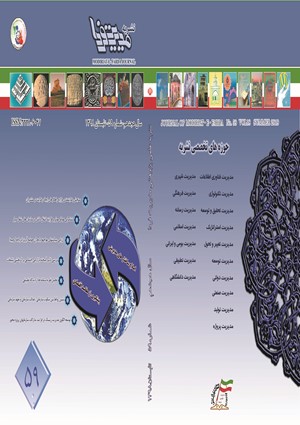Provide a multi-objective mathematical programming model for supplier selection in discounted status
Subject Areas :Abbas Shoul 1 , ali yaghoubipoor 2 , laleh abbaslo 3
1 -
2 -
3 -
Keywords: supplier selection, reliability, multi-objective mathematical programming, fuzzy goal, fuzzy decision.,
Abstract :
In the present study, the supplier selection problem from a new perspective is formulated and solved. For this purpose, minimizing cost and minimizing delivery time and maximizing reliability are considered as objectives of the problem. The purchasing cost in discounted status, the order cost, the transportation cost, the shortage cost and the carrying cost, the components forming the cost objective function. In this research, the design of reliability in parallel systems is benchmarked for supplier selection, so that the supplier's set is considered as a system and each supplier as a component. After mathematical modeling of the problem, the objective functions are described as fuzzy goals and a fuzzy decision approach has been used to rewrite the proposed three-objective model as a single-objective model. The production of a final solution rather than a set of Pareto's solutions is one of the advantages of the proposed method, which prevents decision-making confusion. In order to describe the function and potential application of the proposed method, the supplier selection problem with the actual data was solved.


